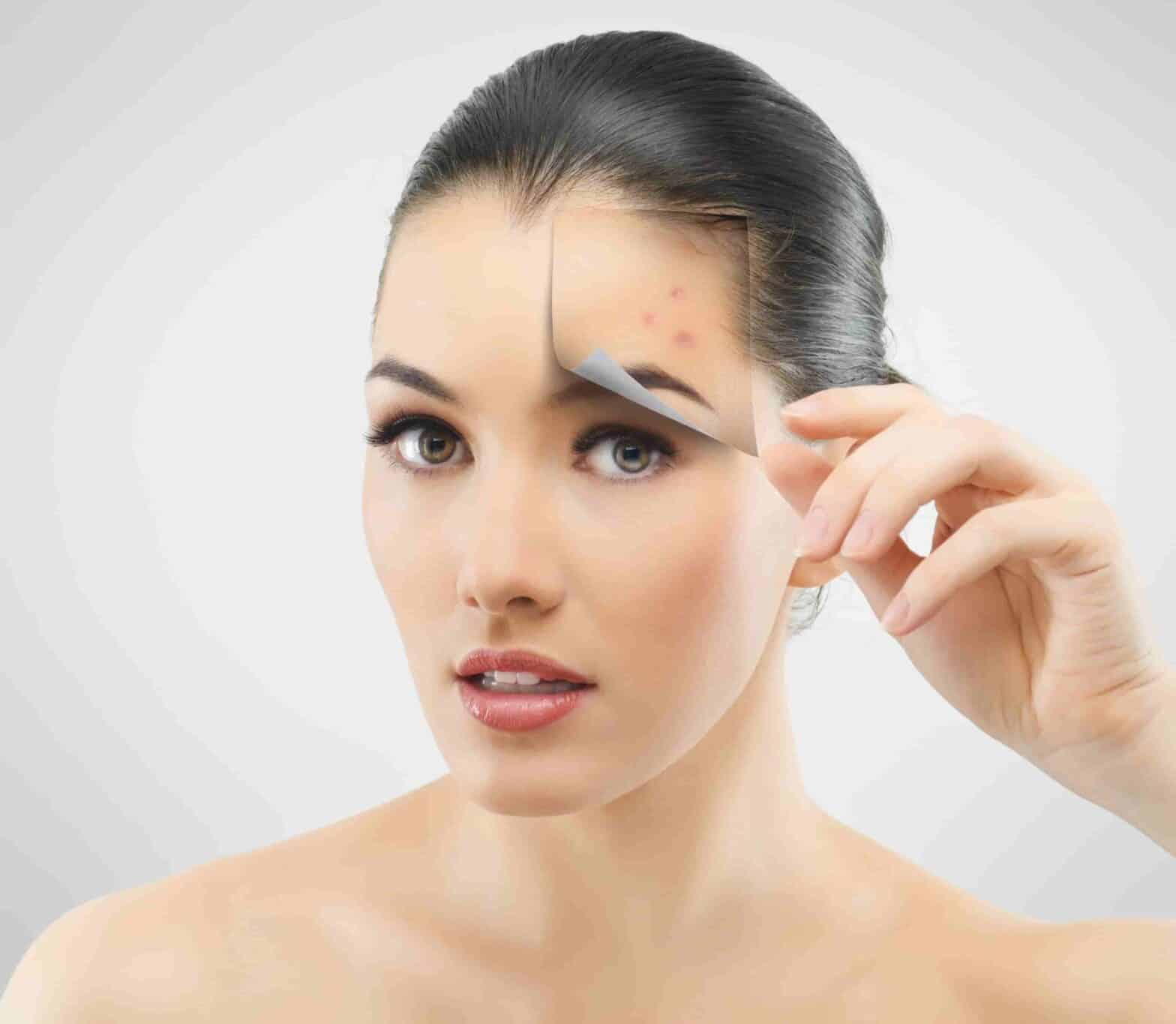Article At A Glance
- Scar revision minimizes and enhances the appearance of scars through various techniques.
- Various procedures, including topical, surface, injectable, and surgical treatments, can address them effectively.
Your skin is often the first thing people notice about you. As such, it’s entirely to be expected that we obsess over our appearances. Scars resulting from an injury or accident can detract from your skin’s original beauty.
As the skin repairs itself from any kind of trauma, scars may result. Scar revision surgery can aid in the restoration of function and movement, raise self-esteem, and improve your quality of life.
What is Scar Revision?
The first thing to know about scar revision is that it is not scar removal. The complete removal of every vestige of a scar is impossible with current technologies. This is because the natural process of tissue repair that takes place in scarring is a combination of regeneration and replacement. The cells that cannot be regenerated are replaced with scar tissue. Subsequently, those replacement scar tissue cells regenerate, maintaining the appearance of the scar.
However, scars can be minimized, redirected, repositioned, re-pigmented and otherwise altered to reduce their visibility. Given the challenge of reducing the appearance of scar tissue, why might you decide to opt for the treatment?
The importance of scar revision lies not in meeting some publicly approved standard of beauty. Rather, it helps individuals feel more confident and content with their own appearance when they look in the mirror. It can bring relief from the visible reminders of past trauma, and help you regain your innate beauty.
Types of Scars
There are four main types of scarring. Let’s take a closer look at them, and the different problems that can ensue.
1. Surface Irregularities/Discoloration
Minor injuries or prior surgeries, as well as bad acne can result in minor skin depressions and discolorations. These don’t impair function and don’t tend to cause pain or discomfort. They can be unsightly, so it’s worth consulting with a dermatologist or MD to see what cosmetic or other simple procedures may be available.
2. Hypertrophic Scars
These more visible, raised scars are caused by patches of replacement tissue cells that gather along a wound site. They are sometimes discolored, either through hyperpigmentation (darker in appearance) or hypopigmentation (lighter). A combination of cosmetic and surgical procedures can be used, depending on the particular case.
3. Keloids
These are larger, more protuberant growths that can pucker and itch. They can extend beyond the line of a wound or incision. Often, keloids appear where there is less fatty tissue, for instance on the face, ears, neck, chest, or shoulders. Keloids can be removed but can sometimes grow back, if the underlying cells remain programmed to regenerate them.
4. Contractures
Contractures are a common feature of burns, these are tightened areas of scar tissue. Contractures can sometimes reduce movement, where the wound crosses a joint. Severe injuries like burns can involve some tissue loss, requiring significant structural reconstruction.
Scar Revision Surgical Procedure
Scar revision is a multi-stage process for which there is a very established set of procedures.
First you will have a full consultation with your doctor who will examine the scars, ask you a series of questions, look at your medical history and discuss with you the possible courses of action and likely outcomes.
Once you are happy to proceed, you’ll be booked on for the following procedures:
1. Anesthesia – many surgical or cosmetic procedures will involve anesthesia, which can range from numbing of the local area, to intravenous or general (gas) anesthesia. Your doctor will advise on which is the best procedure to choose.
2. Treatments – these can be
a. Topical – the application of a gel, tape, or external compression.
b. Surface – dermabrasion (removal of a top layer of skin), laser or light treatment, chemical peels, or skin bleaching agents
c. Injectable – the use of skin fillers to reduce the visibility of concave scars or steroid-based treatments to lower collagen formation at scar sites.
d. Surgical – Some scars can be surgically removed where the resulting incision will produce a less visible scar.
3. Closing of any incisions, with appropriate suturing, application of sterile bandages and removal of anesthesia.
4. Recovery – monitored by your doctor, with any swelling, discoloration or discomfort fading within 1-2 weeks. You should be able to return to work, following most procedures, within one week.
Techniques of Scar Removal Surgery
If you have severe scarring, it may be necessary to make incisions to reposition or remove the scarred area. Repositioning can make the scar less visible (for instance by relocating it beneath a hairline). Removal can result in a lesser, surgical scar, but may necessitate skin grafts or skin expansion.
Where surgical procedures are required, you will be given a form of anesthesia, so that you feel no pain or discomfort during the procedure.
Following any excision, the skin will be closed using various types of dermal sutures. These are designed to produce minimal scarring when removed.
Benefits of Scars Revision
The benefits of such treatment can be immediate and long-lasting. They typically include:
- Reduction in the unsightly appearance of scars
- Improved confidence of the patient
- Increasing flexibility of any contracted joints
- Reduction of irritation, where relevant
Your doctor will advise you about the likely outcome, including the chances of significant improvement. Very much will depend on the extent of scarring and the hoped-for result. More severe treatments may require more than one surgical procedure, particularly those involving skin grafts or skin expansion.
Expansion is a process where an expandable pouch is inserted under a region of healthy skin and gradually inflated over several weeks or months. This results in the creation of additional surface area, making wound closure easier, and in some cases substituting for the much more invasive procedure of skin grafting. Such procedures are only required for severe scarring.
Optimal Treatment for Scars
No two scars are identical. The best treatment for your scar is very much dependent on a range of factors, and your doctor is best placed to advise. Here are some common considerations:
- Location of the scar – how visible it is.
- Type of scarring (from the four categories above)
- Type of tissue affected
- Size of the area covered by scarring
- Whether the tissue crosses a joint or not
A capable plastic surgeon or specialist doctor will talk you through all the options and any attendant risks before you jointly agree on a course of action.
The good news is that there are far more techniques available in 2021 than ever before, increasing your chances of finding a suitable treatment.
Post Recovery Instructions
It is vital during recovery to follow the advice of your doctor. Although you may experience significant improvement within 1-2 weeks, some scars may take up to a year to fade fully. It’s vital to set your expectations accordingly and, again, your medical professional can advise.
Treatments such as dermabrasion, chemical peels or laser resurfacing can cause localized irritation for several weeks while the affected areas heal.
Here are some key tips for speedy and successful recovery:
- Maintain the sterility of any bandages, keep them dry and do not remove them until advised to do so by your doctor.
- If you are given a course of antibiotics or painkillers, make sure you adhere to the instructions provided by your doctor or pharmacist.
- If there are any unexpected outcomes, do get in touch with your doctor as soon as possible.
- Attend any follow-up or aftercare sessions as advised.
While you may be excited to show your improved skin to your friends, family, and colleagues, it is vital to give the affected areas time to heal.
After all, your skin is the largest and arguably the most important organ in your body, and you should treat its healing with the care and attention you would give your kidneys, heart or lungs.
Dr. James Wang Board Certified Facial Plastic Surgeon
Before embarking on any course of treatment, make sure you consult the best doctor or cosmetic surgeon you can. Unlike other surgical procedures, scar revisions are highly noticeable, and you want to be certain you get the results you deserve.
Dr. James Wang understands the trauma that skin scarring can cause. Dr Thomas approaches facial scar revision using both surgical and nonsurgical techniques. He is internationally recognized as an expert in facial plastic surgery. He has been named to the Castle Connolly Top Doctors and to the American Institute of Plastic Surgeons 10 Best Surgeons for Illinois.
Contact us today to schedule your consultation and start your journey towards more perfect skin.

